
Mark Rzepczynski, Author at IASG
Prior to co-founding AMPHI, Mark was the CEO of the fund group at FourWinds Capital Mgmt. Mark was also President and CIO at John W. Henry & Co., an iconic Commodity Trading Advisor. Mark has headed fixed income research at Fidelity Management and Research, served as senior economist for the CME, and as a finance professor at the Univ. of Houston Baer School of Business.

The Rate of Return on Everything – Everyone Needs to Save, But the Return on Wealth Over Growth is Volatile
The new paper, The Rate of Return on Everything, 1870-2015, a tremendously informative research piece on long-term rates of return also happens to address one of the key issues concerning the cause of inequality discussed by Thomas Piketty in his book Capital in the Twenty-First Century. Piketty draws the provocative conclusion that inequality grows over time because the rate of return on wealth is higher than the growth of GDP. Wealth accumulates to those that have it and not to those that try and ride the wave of GDP growth. Given the positive discrepancy between “r”, the return on wealth, and “g” the growth in GDP, the gap of inequality will only grow over time.

The Rate of Return on Everything – What Does This Tell Us About Safe Assets? They Are Not Safe
The new paper The Rate of Return on Everything, 1870-2015 is a mammoth piece of research on gathering information on rates of return back through history. It seems like such a simple issue but producing this work required painstaking and diligent focus on obscure databases. This work is not often rewarded in the economics profession yet has powerful use.
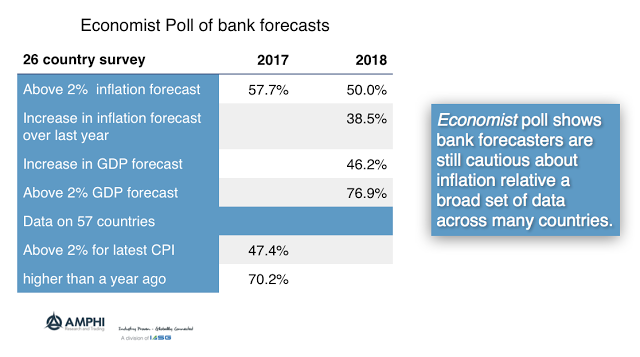
Still Caution with Inflation Forecasts Even If Trends Are Higher – Big Question Is Whether You Bet Against the Caution
Inflation is becoming a greater concern with many investors, but forecasters are more mixed with their views. The latest CPI number posted a 2.1% year over year change and the core CPI showed a 1.8% change. CPI has been above 2% for 8 of the last 12 months; however, both the CPI and core CPI changes were higher last January. These numbers are stabilizing at a higher level around 2% although there is not a run-away threat with the actual numbers or market expectations.
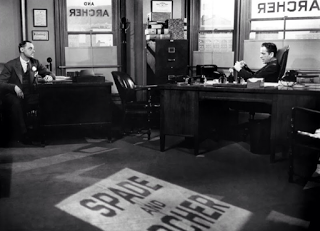
Understand the Incentive and You Understand the Analyst – Incentives Create Forecast Biases
We didn’t exactly believe your story, Miss O’Shaughnessy. We believed your 200 dollars. I mean, you paid us more than if you had been telling us the truth, and enough more to make it all right.
-The Maltese Falcon
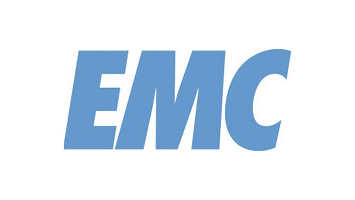
AMPHI Research & Trading’s Systematic Global Macro 2018 Conference Call
IASG Inc. in collaboration with AMPHI Research & Trading will have a discussion with EMC Capital Advisor’s President John Krautsack Thursday January 18th at 11:00 AM EST. Hear about the EMC Alpha Plus Program’s unique portfolio construction, model design and why it has built a three-year track record of superior risk-adjusted returns versus other global macro […]

La Nina Weather Pattern Will Bring Some “Fun” to Grain Markets – If Volatility and a Price Shock is Your Idea of Fun
There are seasonal weather patterns that will ebb and flow during the year bringing volatility to agricultural markets at regular times. However, the longer-term impact on supply can at times be limited. There is noise around production numbers but inventory can serve as a cushion.

“Likely” or “Probable” There is a Difference in the Language When you Start Talking About Recommendations in the New Year
I love this reformulated graph on the old work by Sherman Kent on the potential futility when using language to describe probabilities. There is a lot of ambiguity in the meaning of certain terms. One man’s doubt is not another’s “little chance” and one man’s “likely” is not another’s “probable”. If you use words, back them up with some numbers.
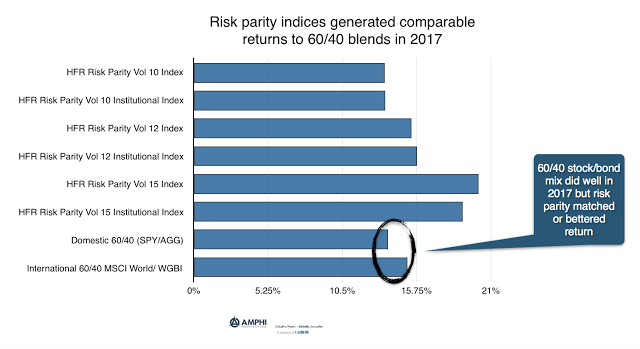
Risk Parity Shows Good Performance – Diversification Plus Volatility Weighting
The 60/40 stock/bond blends both domestic and international generated double-digit returns on strong equity performance. The majority of the risk came from the stock allocation which make them sensitive to any market reversal.

Sector Performance Shows More Year-End Dispersion in Returns – This Should Continue in 2018
A year-end performance review of styles, sectors, and country index ETFs shows the peaks and valleys for 2017 and what may be ahead in 2018. Overall, this was an especially good year for international investing and holding exposure in emerging markets. Large cap US which has strong international earnings also did well in 2017. Mid and small cap US underperformed during the year in spite of the resurgence in economic growth. The worst performing style was defensive dividend focused. Value underperformed growth by a wide margin.
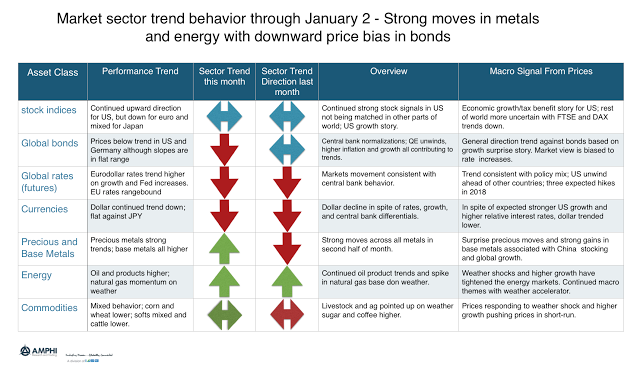
Strong Upward Momentum in Metals with Down Moves in Bonds and Dollar – Good Potential for the Start of the Year
There were some trend surprises in markets near the end of the year; the upward price movement in both precious and base metals and the weather shock in the natural gas market and to a lesser extent oil product markets. The question for the beginning of the year is whether these trends will only be short-term in nature. Strong price spikes, especially weather related, are often reversed.

60/40 Global Blend Tells a Similar Story to US – 2017 Was Exceptional – A Normal Year May be Closer to 1/2 of the Return
The 60/40 stock/bond combination generated an exceptional year for many investors. Although a 60/40 combination is a simplified version for the portfolio that many investors hold, it is a good representation of the general asset class mix without any accounting for alpha and manager selection. For international investors, we ran a similar 60/40 combination of the MSCI World and Citi WBIG index of world sovereign bonds.

Managed Futures Up for Month and Positive for the Year Even in a Risk-On World
Much has been made about the value of managed futures during periods of market crisis, but there are also some other regularities that have been found for this strategy that can help with understanding performance.

A Dollar-Funding Problem? – Cross-Currency Basis Swaps Signal Temporary Dollar Shortage
Global macro traders look for outliers. The good ones have a disciplined approach to review and process lots of cross-market relationships looking for the few that may be out of place. These are the relationships that need capital and for those that can provide the funds, there is a reward.